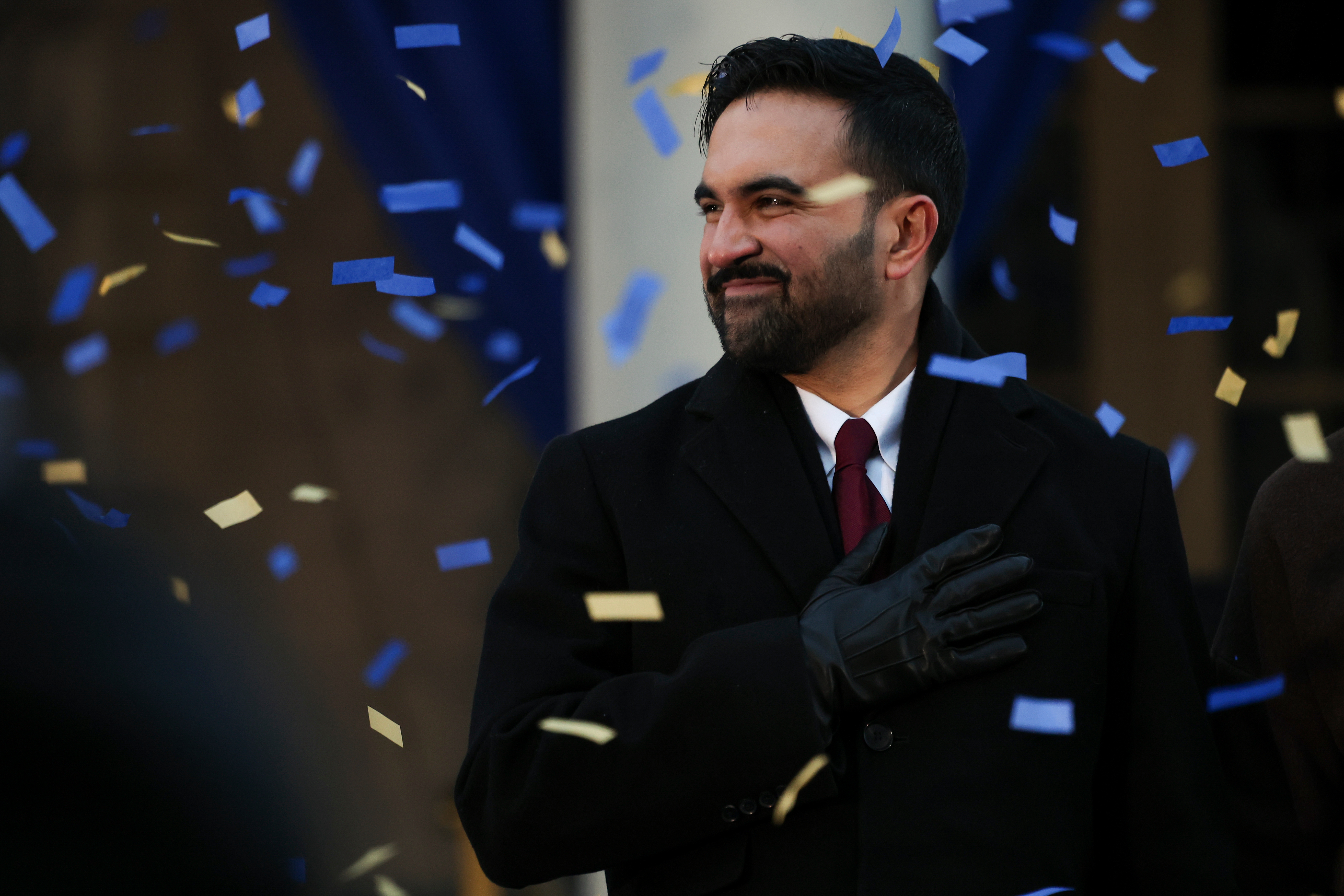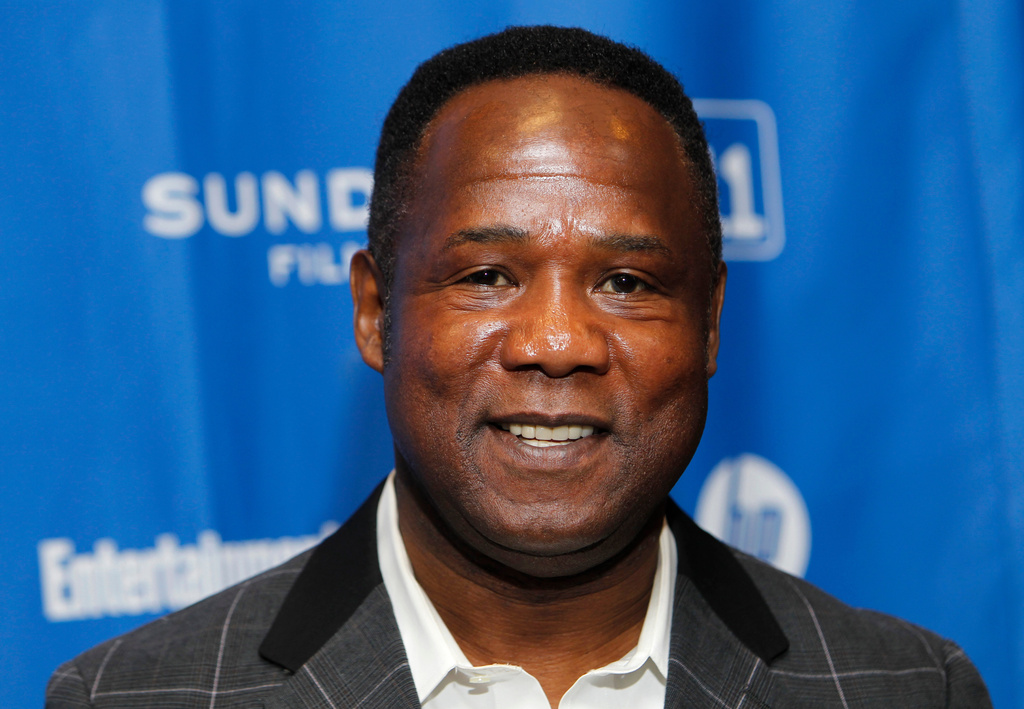Award-winning Cherokee artist Kindra Swafford is inspired by nature, animals and her Cherokee heritage.
"The symbols used in the weave patterns and everything, it gives me an outlet and a connection, and I can't say enough how much my community has helped," Swafford said.
Swafford has been painting, drawing and working in watercolor ever since she graduated from Northeastern State University in Tahlequah, Oklahoma, where she lives and works.
"I guess I've always been drawing," she said. "My grandpa taught me how to draw when I was a little kid. I sat on his lap, and he would hold my hand and draw. And that's how I learned officially."
During the pandemic, when she couldn't be with friends, Swafford hiked and spent more time in outdoors. What she saw showed up in a comic book series she's working on called "Tales from Indian Country."
"I've always been, like, growing up in Oklahoma, liked being in the woods and stuff," she said. "I loved birdwatching with my grandma, so I started picking up those things again. And so everything kind of started moving into more animals and stories, and so that's how I started the comics and such because I wanted to show that kind of adventures in Indian territory."
The series reflects Swafford's experiences of the community she lives in, including its animals.
"One of the first ones was the trash panda that I did, a little trash bandit raccoon," she said. "But Smoky the dire bear, he's big. He's really big. And that's when you see those little red eyes in the the forest. He's waiting for you. So if you don't put out your fire, he'll get you."

Cartoonist and historian speaks to the power of Black comic books
A new practice of TRE is helping people shake trauma out of their bodies. Plus, a bartender has begun helping others with their health.
She's also experimented with a technique she calls glitching.
"It's where I take a photo reference and bring it into Photoshop, and then I edit it so I overexpose it in glitches," Swafford said. "When you look at somebody, you can't always just take it at face value, so the glitching shows that there's more to them than just the surface. I think that's why I wanted that idea in there is to have that multifaceted kind of color change, to know that not everything is what it seems."
Another inspiration Swafford draws on is her Granny Jewell, who connected Swafford to her Cherokee heritage.
"She passed away a couple of months after, so we learned that knowledge right around the time that I was losing that connection to my life," Swafford said. "Thankfully I have my Aunt Donna. She's up in Alaska, but she's the one that was doing all the research and everything and getting all the connections."
That connection is one of the reasons why she incorporates so many of the Cherokee symbols in her work.
"I learned so much from her," Swafford said. "I remember there's moments where I would walk out, and she would say, 'Come out here and be really quiet...' And we would walk outside, and it sounded like there was a stampede of some sort. And I was like, 'I'm about to see like a lot of deer.' And it was the most subtle shade of rain, and it came out of the woods and went over us."
Swafford continues to exhibit her work throughout Oklahoma. She's also committed to learn more Cherokee language and to help connect and uplift other Native artists like herself.

Indigenous creators are leaving their mark on pop culture
Shows like 'Reservation Dogs' are representing more Indigenous voices on and off the screen in the entertainment industry.









